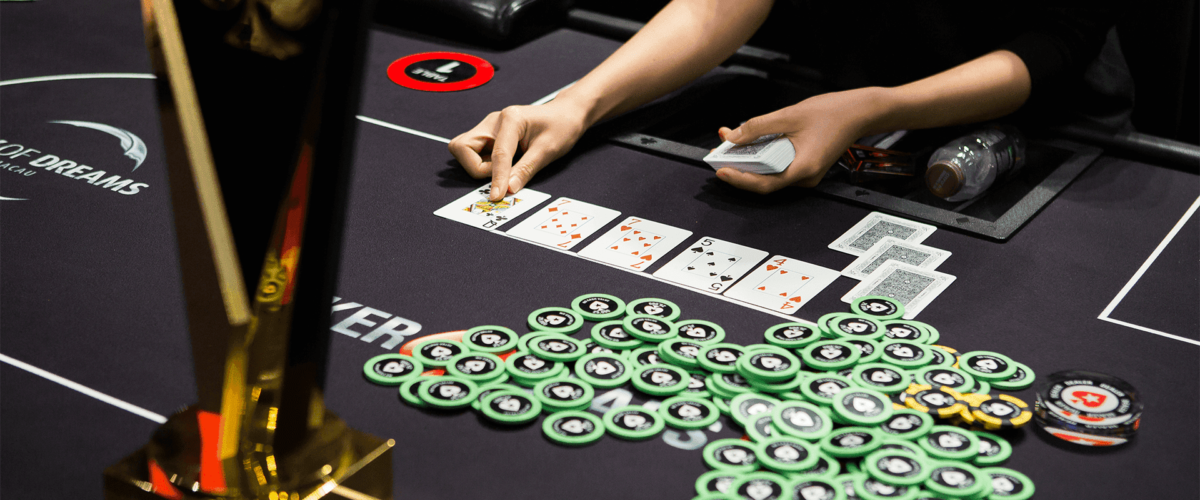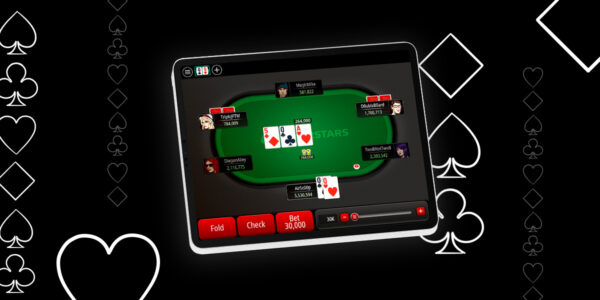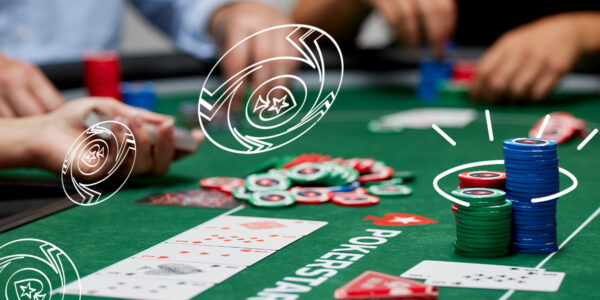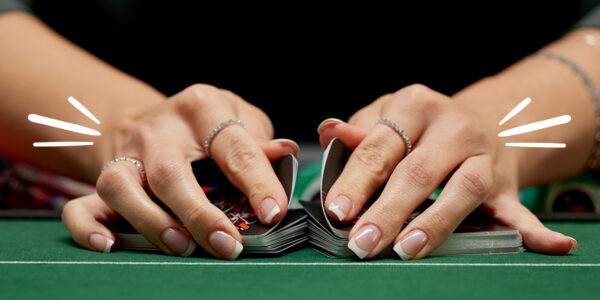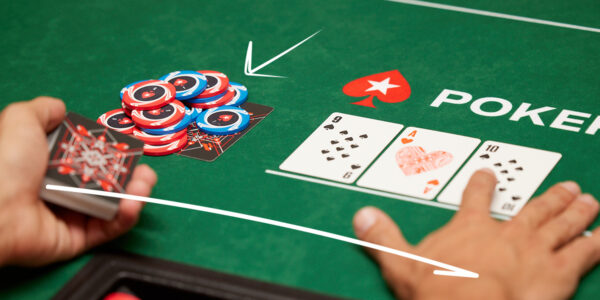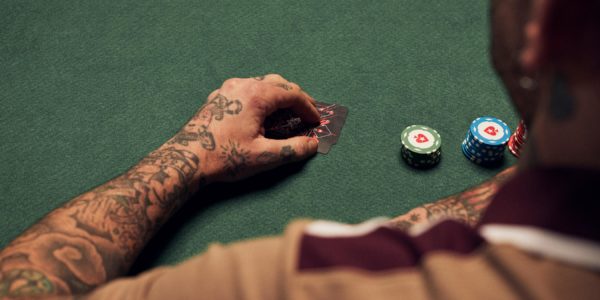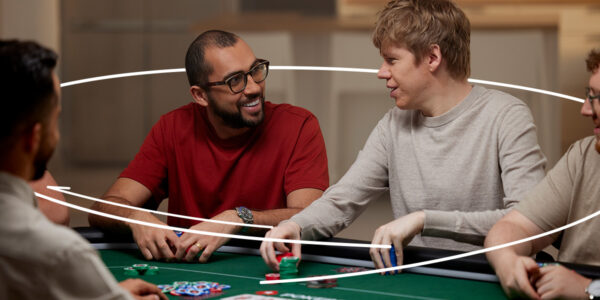A Guide to Multiway Pots
Multiway pots are very common in certain forms of the game, especially full-ring small stakes cash games and the early stages of MTTs, however, even a 6-max cash game player at 50NL or 100NL will still encounter his fair share. This guide is all about how to make adaptations to increase your win-rate when the flop goes three-handed or more.
When to Build a Leading Range
On average, in a three-way pot, each player will have a lower betting frequency with smaller pairs and unmade hands, betting mainly with stronger draws and more robust made hands. This means that more flops will check through on the occasions where your opponents have not flopped anything big. This increases the chances of them seeing the turn for free if you do not lead out. This may not be a problem on a flop like K♣ 7♥ , where your top pairs are not vulnerable to many turn cards. Having flatted 77, AsJs, or QhJh, in the big blind after a BU raise and a SB call, there is no real reason to lead out here. This board will hit the raiser quite often and so going for a check/raise or check/call depending on your hand is reasonable. We also do not fear our opponents catching up easily if they see a free turn. With A♠ J♠ , for example, we are more than happy to check/call knowing that if our opponents have missed this flop, they will have few outs to make the best hand on the turn. Such a top pair hand is known as ‘stable’ or ‘non-vulnerable’ – it does not need to make a protection bet or grab its one to two streets of value immediately. It can wait until the tun quite happily, before investing money.
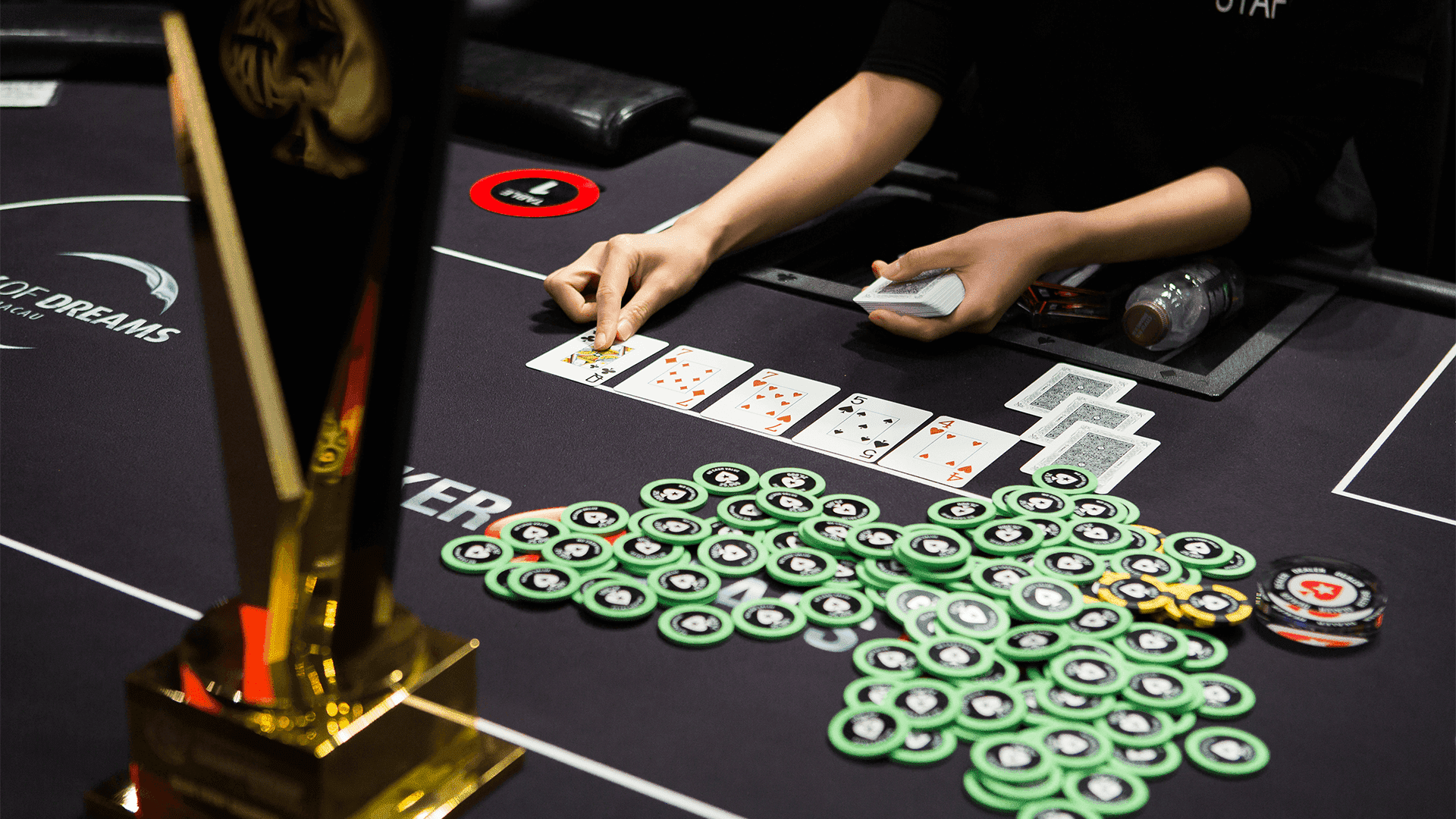
Now consider a very different flop texture such as: 8♣ 7♣ 4♦ . This is a flop on which the pre-flop raiser will be far less happy c-betting lightly and he is also more likely to connect marginally here, or not at all. The SB might check some hands here that are very happy calling bets on the flop. When no one has a hand that can call, we still gain a lot by leading out with a hand like 9♥ 9♠ because we gain so much protection from folding out our opponents’ overcards. There could be as many as four different overcards waiting to beat our hand should they pair up on the turn. It makes a lot of sense in this climate to leads with three types of hand.
- Nutted hands that want to build the pot urgently knowing that BU will check behind too often to go for a check/raise. These could be holdings like sets, two pair and a straight.
- Vulnerable top pair and overpairs that need to get value while the board is still relatively safe and protect their equity from opponents holding live overcards. These are hands like As8s and 9s9d.
- Semi-Bluffs. We want to be selective about what we bluff with on a such a wet board in a multi-way pot, but we can balance our value hands by also leading out with some flush draws and straight draws.
Be Open to Folding Bad Top Pair
When we flop a shaky looking top pair in a multi-way pot, it might be sensible to simply fold, even to just one bet. Remember that your opponents will be more hesitant in a multi-way pot to make investments with both weak bluffs and marginal value hands. This skews their betting ranges towards stronger made hands and draws that have higher equity. Therefore, getting to showdown in good shape will be a very difficult prospect. Take this situation for example: UTG opens to 2BB and two players call in position, we complete in the BB with A♠ 2♠ . The flop comes 10♦ 5♥ and we check, awaiting developments. Leading out here is both unnecessary and dangerous since we can get information for free by checking. We are likely to find out how well our opponents have flopped for free.
Opponents tend to play quite face-up in multi-way pots and so checking for information with marginal hands is a powerful play.
We check and UTG bets 6BB into a pot of 8.5BB. It folds round to us in the BB and our play is to fold. The UTG raiser’s C-Bet range in a four-way pot is likely to crush us. Moreover, any semi-bluffs he chooses here are likely to be high in equity any way. We are very unlikely to be far ahead against any part of his range and can easily be way behind.
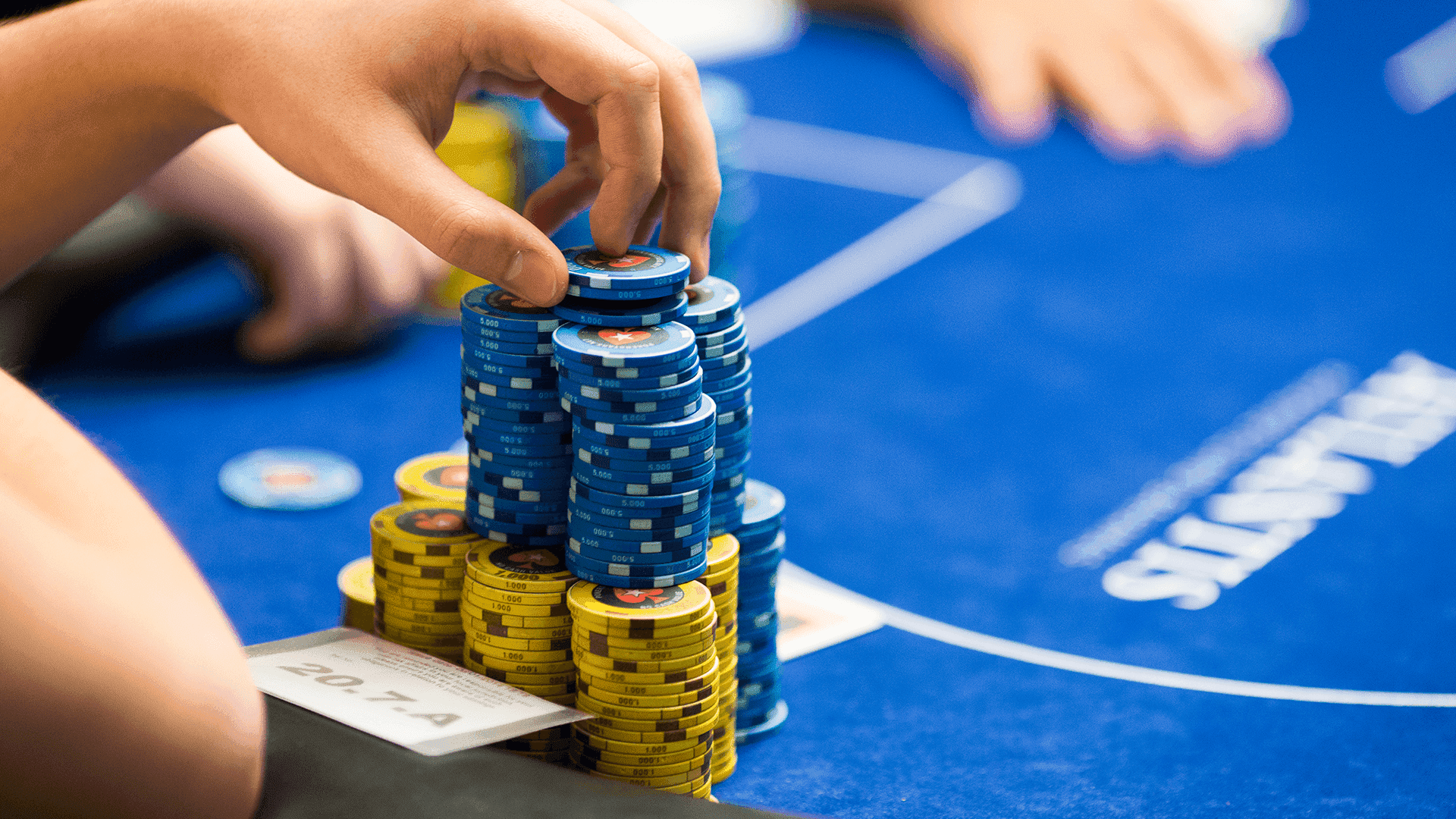
Size Smaller Against Strong Players
When we raise pre-flop and see the flop against two strong regulars, we must remember that their continuing frequencies post-flop will be lower due to the pot going three-way, and therefore, that their average hand strength when they continue will be stronger. This leads to their range becoming stronger and stronger as they continue to call post-flop bets. Imagine that we raise from the HJ with K♥ 10♥ and pick up two competent callers in the blinds. The flop comes: 10♦ 6♣ 4♥ , and the blinds check to us. We are certainly incentivised to bet this hand. It will gain value from worse Tx and lower pairs and gain protection by making multiple overcards fold before they get the chance to catch up. We would also like to charge gutshot straight draws.
The problem is that if we make a large bet, we are likely to filter our opponents’ ranges in an undesirable way. Should we make a pot-sized bet they are likely to continue with ranges that actually have very good equity against us. This makes it questionable whether our bet was even for value in the first place. We do not want to isolate ourselves against sets and AT! A better line here is to bet something like 40% of the pot. This will force plenty of worse hands to continue while still getting protection against hands like QJs.
In multiway pots, be careful about filtering your opponents ranges to the point where you are no longer value betting.
Conclusion
There is a lot more to discuss about multiway pots but following these tips should give you an immediate edge over opponents who treat them too similarly to heads-up pots. In summary, consider leading when out of position on wet flops, do not overvalue one pair, and bet smaller with marginal value hands.
Condimentum Nibh
Donec sed odio dui. Cras mattis consectetur purus sit amet fermentum. Vestibulum id ligula porta felis euismod semper. Curabitur blandit tempus porttitor.
